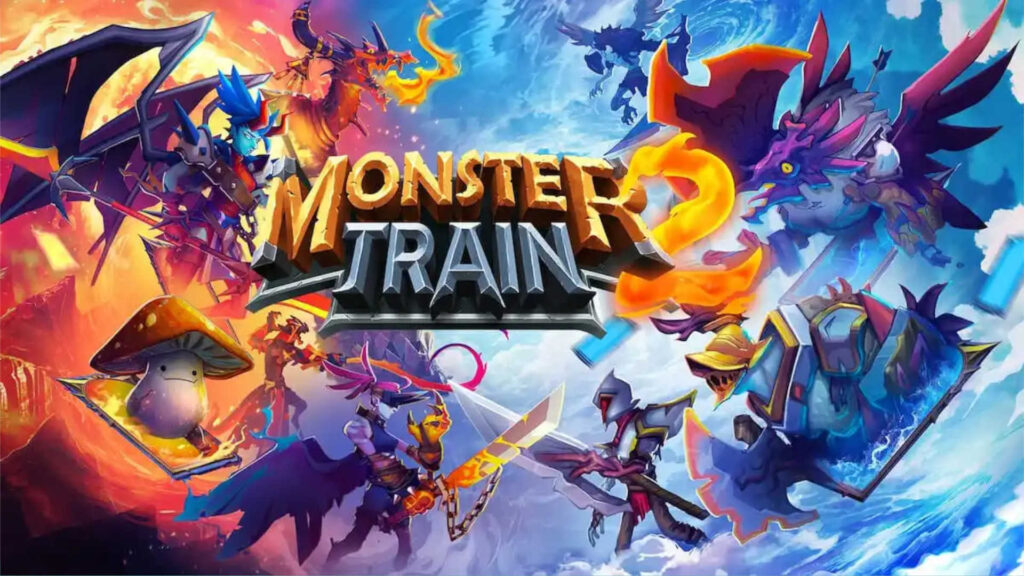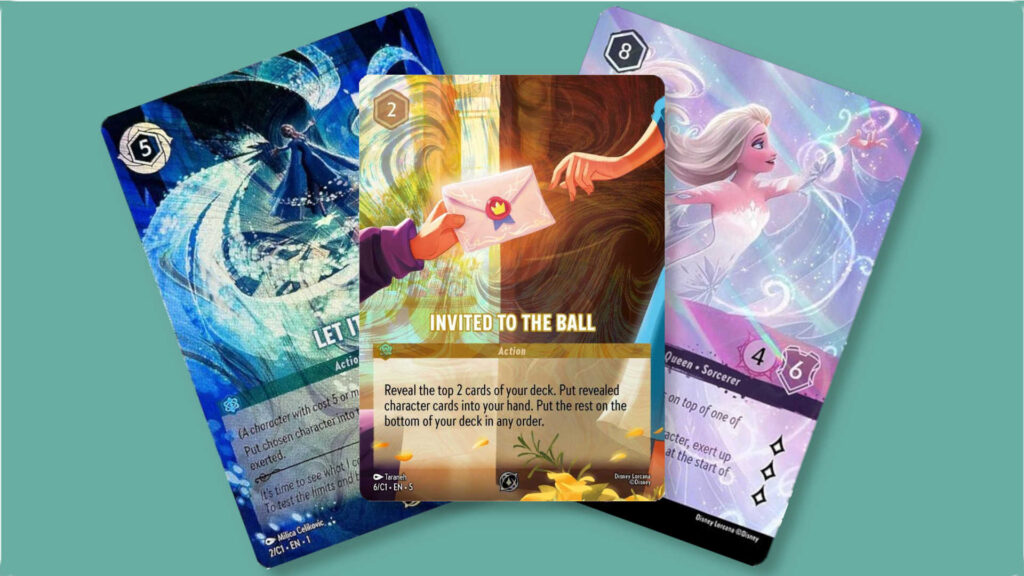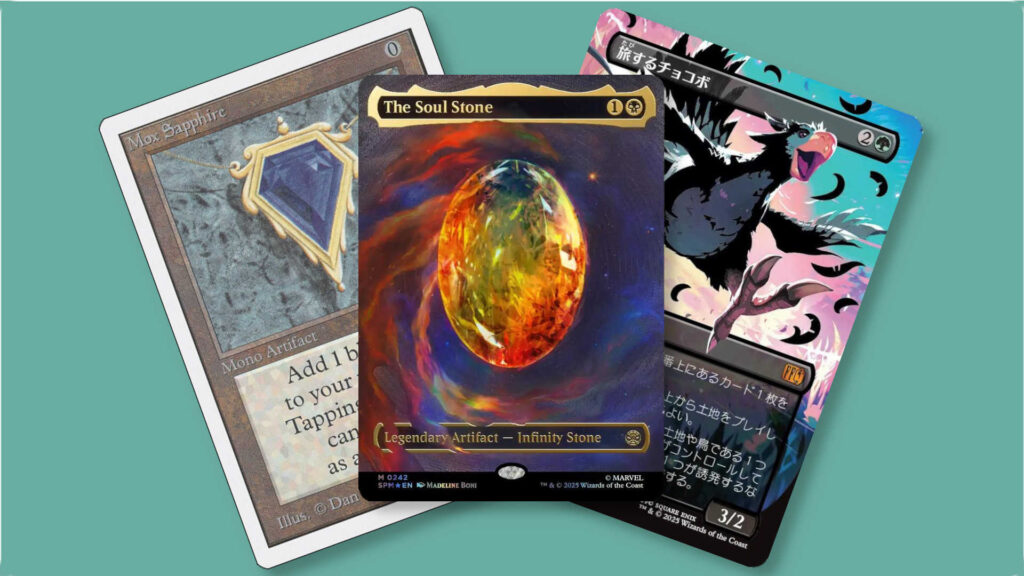I have made no secret of my passion for the first Monster Train. A deckbuilding roguelike game akin to Slay the Spire, it took a little while to really sink its hooks into me, but when it finally clicked, I found it very difficult to put down. Monster Train took the combat-focused deckbuilding of Slay the Spire and played a unique trick, with its fighting taking place across three vertical levels of the titular locomotive. The first game saw you cast in the role of factions from Hell, fighting against the armies of Heaven and trying to keep the Pyre, the last fire keeping the underworld alive, burning at the top of your engine. The sequel shakes up the formula a bit, layering on more effects, mechanics and factions, but is it any good? Let’s find out!
Table of Contents
ToggleWhat’s the Story of Monster Train 2?
In a neat twist, the armies of light are forced to team up with Hell’s hordes, against the threat of the Titans, who’ve had the audacity to take over Heaven. Over the course of the game, cutscenes add events to the proceedings to give players the feel of an overarching story playing out, even after the completion of a run; extra content is also unlocked via dialogue scenes, adding a bit more depth and logic to new elements of the game being added as you progress.
How to Play Monster Train 2
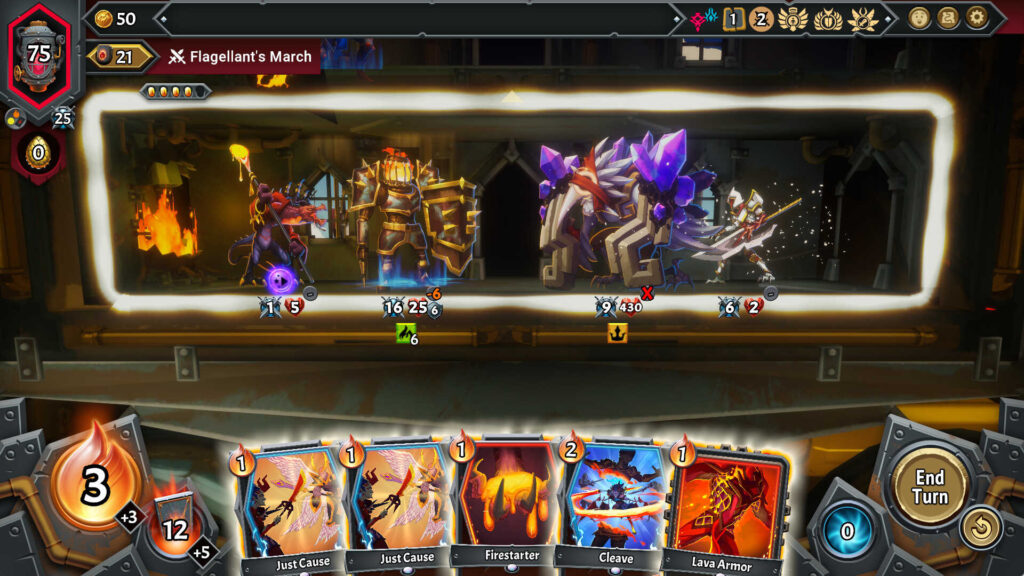
The basic gameplay of Monster Train 2 will be familiar to anyone who’s played a roguelike deckbuilding game in the last five years or so. You place units from your hand into the arena (or rather, with Monster Train’s three-stage structure, onto one of the arena’s levels), using other cards to cast spells, attach equipment to your units or even add a room type to one of the train’s levels. The room and equipment cards are new to Monster Train 2, adding powerful bonuses to individual units or, in the case of rooms, to all of your units on a single floor.
Enemies will enter the train on the bottom level, and any you fail to destroy in a round will ascend to the next level. If they make it to level 4, they’ll attack your train’s Pyre directly; though the Pyre can fight back, once it reaches zero health, you lose the run entirely. So it’s the case that you want to get rid of enemies before they make it to your fourth floor at all.
Each stage has its own set of enemies and a boss character, and between runs you’ll head down a track from a choice of two, visiting shops to purchase upgrades or add cards, deal with random encounters, add passive bonuses with artifacts and more besides. Your objective is to survive 8 rounds of onslaught by the Titans, which is definitely easier said than done.
What’s New in Monster Train 2?
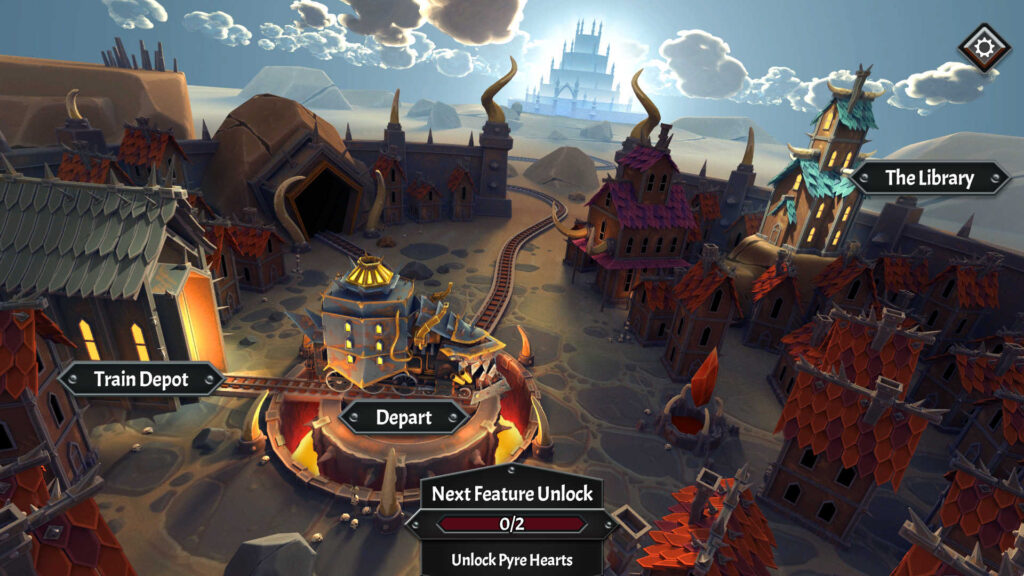
Along with the aforementioned new factions (as in the first game, you choose two factions at the start of each run, with every faction having their own hero character and unique playstyle), room and equipment cards, the story elements are new, as are many new abilities and keywords. Monster Train 2 feels a lot meatier than its predecessor in terms of the options available to players and how much there is to keep track of, abilities-wise, in any given run. A between-levels hub also offers things to see and do before you head out onto the tracks once more.
Is Monster Train 2 Fun to Play?
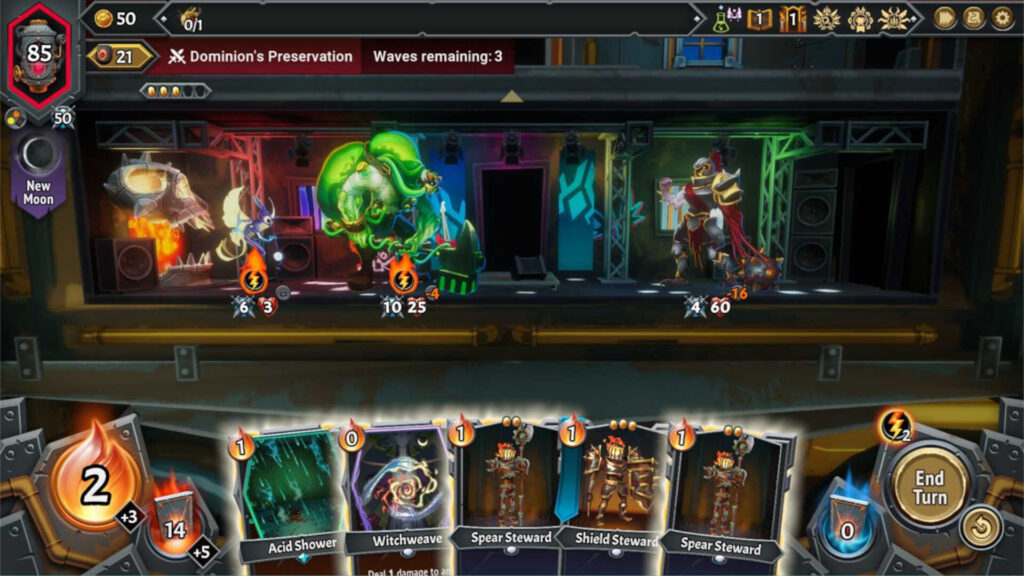
I can’t imagine coming to Monster Train 2 having not played the first game, but if you do, just know that it’s going to be pretty overwhelming. Having been familiar with Monster Train before playing the sequel, I found Monster Train 2 relatively painless to get into, but even then I still found many of its new abilities and keywords difficult to keep up with, and keep track of during its increasingly busy combat encounters.
Though I found the original game full of character and charm, this time around the enemy design didn’t feel as distinct from your own forces; perhaps due to the nature of the enemies being fairly monstrous, and the distinction of the Hell vs Heaven theme of Monster Train now being gone. There are some great touches to the animation, and some nice visual elements, but it didn’t strike me as a more interesting or impressive aesthetic overall.
The same can be said for the story; though an admirable attempt to bring a bit of narrative cohesion to a the deckbuilding roguelike genre, the writing is a bit uninspired and the scenes lacking in much drama or cohesion to really make an impact. I felt myself wanting to just get back to a run, rather than go through a cutscene to justify another story element, or a piece of content unlocking. The depot, the game’s hub, is a bit lacking too, unfortunately; it does pretty much the same job as a menu, albeit one that’s dressed up to look a bit more thematic.
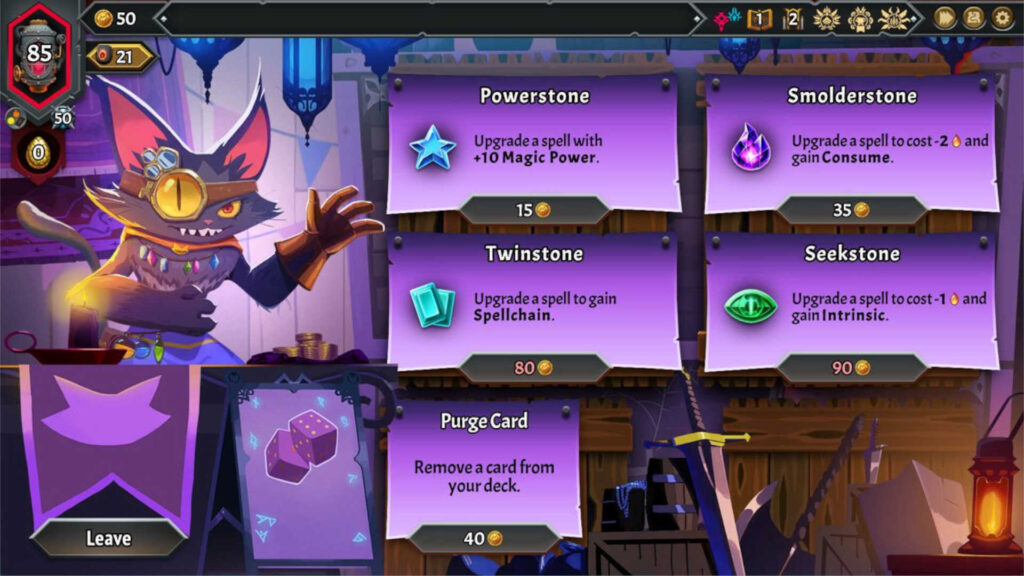
All that said, the core gameplay of Monster Train 2 is absolutely as strong as its predecessor, even though its additions can sometimes feel a bit much. I do still prefer the slightly more streamlined mechanics of the first game, but the addictiveness of seeing combos and synergies play out in Monster Train 2 is still very much alive and well. Though the different enemy factions can sometimes feel overly similar, the card-based gameplay really is as compelling as ever, and there’s so much to enjoy in Monster Train 2 that, despite my reservations about some its additions and changes, I still found it very difficult to put down.
The Card Gamer Verdict
Despite the much-vaunted story and hub elements being a disappointment, Monster Train 2’s vertically-inclined, multi-level gameplay is as strong as ever.
Though enemy design is, bosses aside, rather unmemorable, its colorful visuals, along with the excellent, dramatic soundtrack and effects are also great aspects of Monster Train 2.
The more streamlined and focused Monster Train remains a slightly more enjoyable experience, in my opinion. However, there’s no denying that Monster Train 2 is another excellent addition to the very crowded roguelike deckbuilding genre, and one that fans should definitely get on board with.
Take a look at our early coverage of sci-fi roguelike deckbuilding game Command Deck, and our review of the unique horror-themed deckbuilder, Deck of Haunts.


